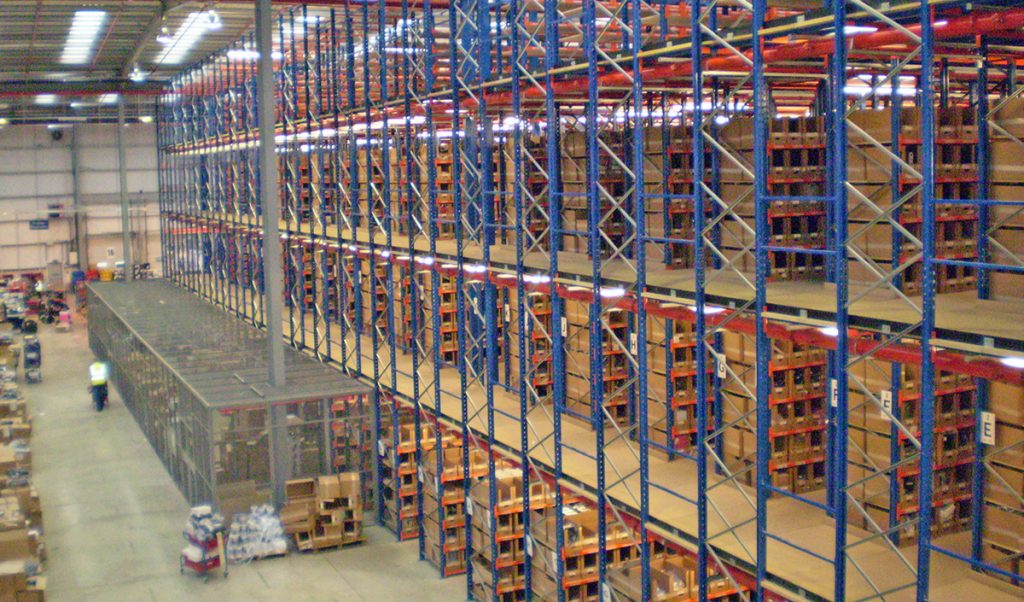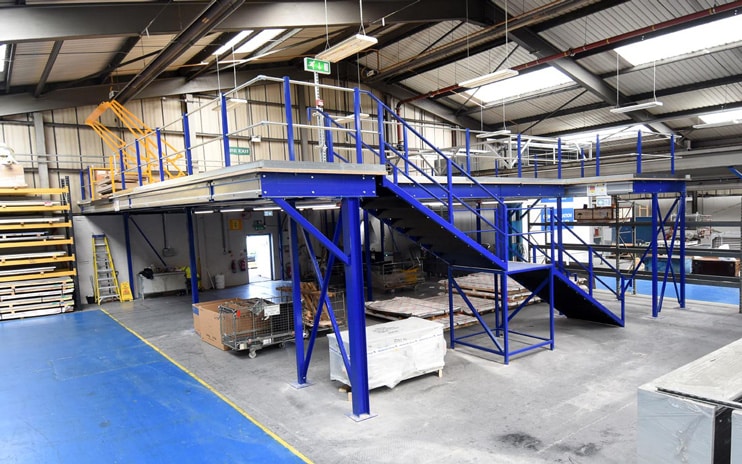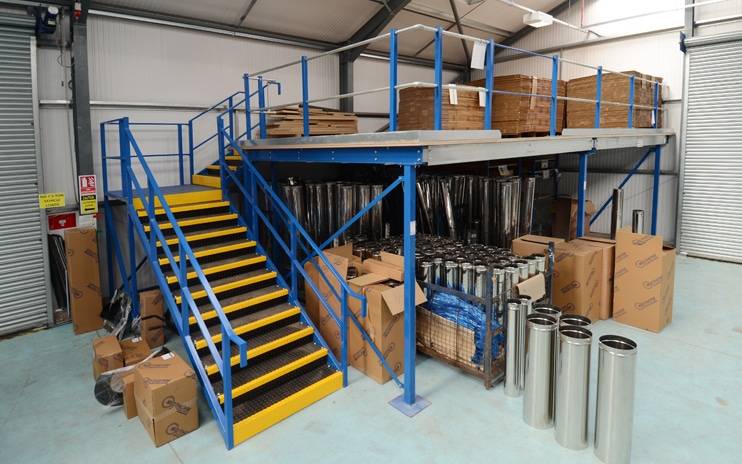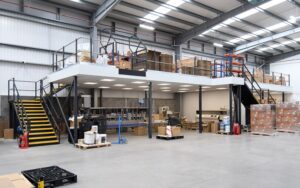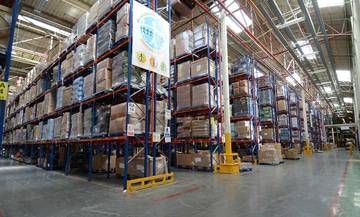Nov
What is Cantilever Racking
- 2022
- Chameleon
What is Cantilever Racking?
Long, awkward, or bulky items can be stored using a technique called cantilever racking, which can be practically any length. Unlike other pallet rack systems, cantilever racks provide a storage area with no vertical obstructions. Cantilever racking will be the greatest storage option for you if you need to store long items like piping, carpeting, wood, panels, concrete, and aluminium since it allows you to make the best use of your warehouse’s floor area and increase your stock levels.
How Does Cantilever Racking Work?
The base, uprights, arms, and supports are the four essential elements that make up cantilever racking. The base is large and usually constructed of steel, providing dependable support, and extending from the rack’s base to balance out the bulky weight of the goods being housed.
The arms are supported by the uprights, which are incredibly sturdy vertical poles, and the “shelves” that protrude from the uprights are the arms themselves. To offer the racks more strength supports join the uprights. Any inventory is kept there.
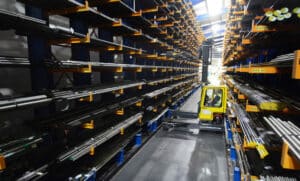
Types Of Cantilever Racking
Similar to other storage solutions, cantilever racking systems are frequently offered in a variety of options. They include:
Standard cantilever racking – A traditional racking system is the type of cantilever storage system that is used the most frequently. Forklift trucks and multi-directional reach trucks work well with these systems.
Racks with a free path cantilever – This style of racking is made up of rows of racking placed next to one another and separated by an aisle that allows handling equipment to go down the aisle without the aid of any guidance systems.
Racking with cantilever guides – The same fundamental elements of conventional and free path systems make up guided aisle cantilever racking, however, the runs are placed closer together to reduce the area wasted by a wide aisle.
Is cantilever racking right for me?
Due to the heavy materials cantilever racking holds, they are built with weight in mind. A typical cantilever arm can support between 1,500 and 5,000 pounds of weight, whereas, in extreme circumstances, cantilever arms can sustain up to 18,000 pounds. Therefore it is very important to consider the weight of your items carefully to make sure the rack you select will meet your needs.
Additionally, cantilever racks can be single or double-sided. A single-sided cantilever rack is typically set up against a warehouse wall and provides storage on one side. A double-sided rack, on the other hand, can be accessed from either side.
Advantages Of Cantilever Racking
There are multiple advantages and uses of Cantilever racking as a storage solution for your business. These include:
- Relativity install and re-configure with ease.
- Can store any kind of load, including wood and pallets.
- Long loads benefit from this since handling times are cut down and stock is easier to access, increasing efficiency.
- Storage of different shapes and sizes is possible thanks to the addition of additional arms.
- Can store goods vertically up to a height of 6 metres.
- Accessibility and adaptability
- Saves time and money for your business/company.
- Available in heights up to 10 metres and arm lengths up to 3 metres.
- Makes it easy to store things that are difficult to shelve.
- Capable of holding 5,000 kg per arm.
Things To Consider Before Purchasing Cantilever Racking
Before purchasing any new equipment for your warehouse or storage facility, such as storage racks or material handling devices, it is important to take a few factors into account.
1 – Measure the layout of your facility and determine its storage capacity before doing anything else. The kinds of objects you can store and the kind of racking system you need can both be determined by doing this.
2 – The amount of downtime needed to install a new cantilever racking system in your warehouse is a crucial aspect to consider. You might need to plan for a sizable period of downtime depending on the size and configuration of the warehouse. Just make sure your spending plan allows for the cost of the product, installation, and any necessary downtime.
3 – Additional critical factors are the height of your building and the variety of your material handling equipment. Make sure the cantilever racking system you’re contemplating purchasing can clear the ceiling height and that your forklifts and other equipment can reach the highest shelves.
Contact us
If you would like to know more about cantilever racking or our other services here at Teepee, then don’t hesitate to contact us for more information, or head to our website to see what else we can provide for you.



